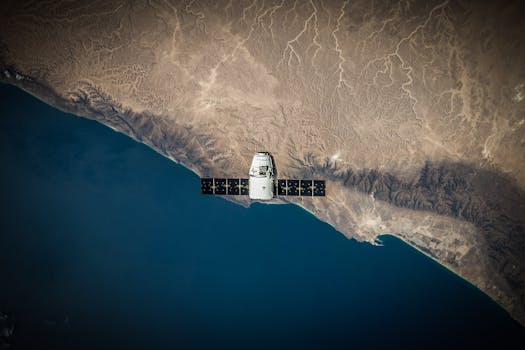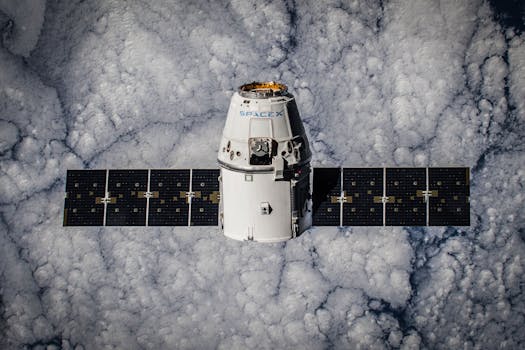
GEO satellites, or Geostationary satellites, are a type of satellite that orbits the Earth at an altitude of approximately 36,000 kilometers, remaining stationary relative to a fixed point on the equator. The Focus Keyword for this article is GEO satellites, and we will delve into the world of these satellites, exploring their history, technology, applications, and impact on modern society.
Geostationary satellites have been in use since the 1960s, with the first GEO satellite, Syncom 2, launched by NASA in 1963. Since then, the technology has evolved significantly, with modern GEO satellites offering a wide range of services including television broadcasting, telecommunications, weather forecasting, and navigation. The unique characteristic of GEO satellites is their ability to remain stationary relative to a fixed point on the Earth’s surface, allowing for continuous coverage of a specific region.
How GEO Satellites Work

GEO satellites work by orbiting the Earth at a speed that matches the rotation of the planet, allowing them to remain stationary relative to a fixed point on the equator. This is achieved by launching the satellite into a geosynchronous orbit, which is an orbit that has a period of 24 hours, matching the Earth’s rotational period. The satellite is then positioned at a specific longitude, where it remains stationary, providing continuous coverage of a specific region.
The technology used in GEO satellites is complex and sophisticated, involving advanced materials, propulsion systems, and communication equipment. The satellite’s payload, which includes the communication equipment, is designed to transmit and receive signals to and from Earth, allowing for a wide range of services to be provided. The satellite’s power source is typically solar panels, which provide the energy needed to power the satellite’s systems.
Applications of GEO Satellites

GEO satellites have a wide range of applications, including television broadcasting, telecommunications, weather forecasting, and navigation. Television broadcasting is one of the most common applications of GEO satellites, with many television channels being broadcast via satellite to a wide audience. Telecommunications is another significant application, with GEO satellites providing internet connectivity, voice communications, and data transmission services to remote and underserved areas.
Weather forecasting is also an important application of GEO satellites, with satellites such as GOES-16 and GOES-17 providing high-resolution images of the Earth’s weather patterns. Navigation is another critical application, with GEO satellites providing positioning and timing information to GPS receivers on the ground, enabling accurate navigation and mapping.
The Future of GEO Satellites

The future of GEO satellites is exciting and rapidly evolving, with new technologies and innovations being developed to improve the capabilities and efficiency of these satellites. One of the most significant developments is the use of high-throughput satellites (HTS), which offer faster data rates and greater capacity than traditional GEO satellites. HTS satellites use advanced technologies such as spot beams and frequency reuse to provide higher data rates and greater capacity.
Another significant development is the use of electric propulsion systems, which offer greater efficiency and maneuverability than traditional chemical propulsion systems. Electric propulsion systems use electrical energy to accelerate ions or electrons, generating a high-speed exhaust that propels the satellite through space.
Conclusion

In conclusion, GEO satellites play a vital role in modern society, providing a wide range of services including television broadcasting, telecommunications, weather forecasting, and navigation. The technology used in these satellites is complex and sophisticated, involving advanced materials, propulsion systems, and communication equipment. As the demand for satellite services continues to grow, the development of new technologies and innovations will be critical to meeting this demand and improving the capabilities and efficiency of GEO satellites.
See more:




